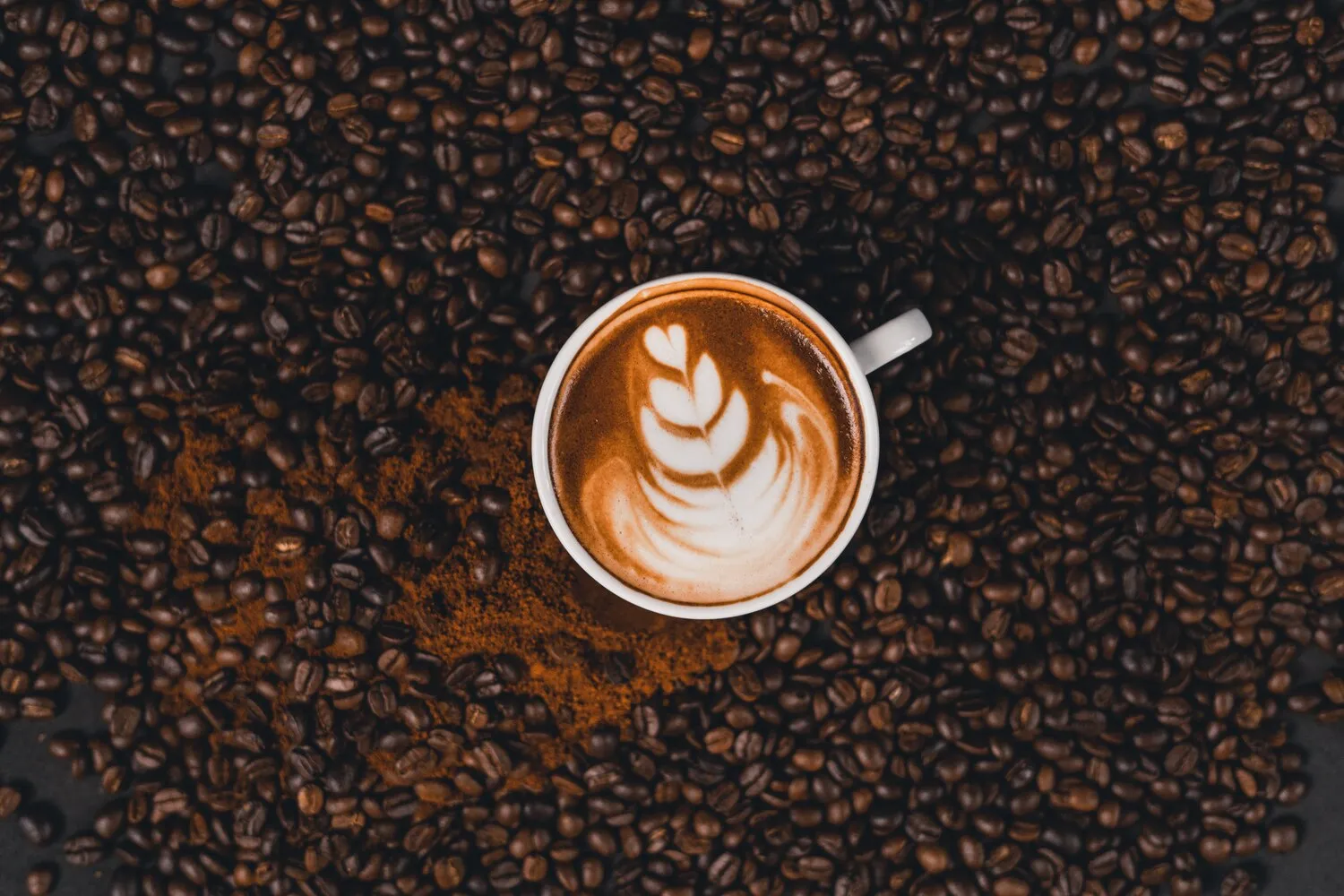
Drinks and Cocktails
Various drinks and cocktails are frequently mentioned in reviews, indicating that the bar aspect of the restaurant is appreciated. Specific drinks are not consistently named, so consider checking their drinks menu for available options.
Nutrition Facts
* The % Daily Value (DV) tells you how much a nutrient in a serving of food contributes to a daily diet. 2,000 calories a day is used for general nutrition advice.
Botânico Bistrô Bar e Restaurante
The history of drinks and cocktails is a rich tapestry woven from ancient fermentation techniques, colonial trade routes that introduced new ingredients, and the rise of mixology in the 19th and 20th centuries. From simple meads and wines to complex concoctions, alcoholic and non-alcoholic beverages have always been central to social gatherings and cultural expression worldwide.
Drinks and cocktails hold significant cultural importance, representing social status, celebrating milestones, and fostering connections between people. Different cultures have unique drinking rituals, preferred beverages, and associated customs.
Social Rituals
Drinking is often a social activity, strengthening bonds between friends, family, and colleagues. Happy hour, celebratory toasts, and sharing drinks are common practices in many cultures.
Celebrations and Milestones
Specific drinks are frequently associated with particular celebrations, such as champagne for New Year's Eve or margaritas for Cinco de Mayo. These beverages symbolize joy, prosperity, and tradition.
Regional Identity
Certain drinks and cocktails are closely tied to specific regions or countries, reflecting local ingredients and cultural preferences. For example, tequila is synonymous with Mexico, while sake is central to Japanese culture.
Cultural Etiquette
Drinking etiquette varies across cultures. Some societies emphasize moderation, while others have more relaxed attitudes towards alcohol consumption. Understanding these nuances is essential for respectful social interactions.
The flavors in drinks and cocktails are incredibly diverse, ranging from sweet and fruity to bitter and herbal, and everything in between. The specific flavor profile depends heavily on the ingredients used and the intended purpose of the drink.
The flavor palette encompasses a vast range, including sweet notes from fruits, syrups, and liqueurs; sour notes from citrus juices and vinegar shrubs; bitter elements from herbs, bitters, and quinine; spicy components from ginger, chili, and peppercorns; and savory notes from ingredients like olives and herbs. Classic cocktails often achieve balance by combining these contrasting flavor elements, creating complex and harmonious drinks.
Use Fresh Ingredients
Freshly squeezed juices, high-quality spirits, and homemade syrups will significantly enhance the flavor of your drinks. Avoid using artificial ingredients or pre-made mixes whenever possible.
Proper Measurement
Accurate measurements are crucial for achieving consistent results. Use jiggers or measuring spoons to ensure the correct proportions of each ingredient.
Chill Your Glassware
Chilling your glassware helps keep your drinks cold and refreshing for longer. You can either place the glasses in the freezer for a few minutes or fill them with ice water before pouring the drink.
Garnish Thoughtfully
Garnishes add visual appeal and can enhance the flavor of your drinks. Choose garnishes that complement the flavor profile of the cocktail and are aesthetically pleasing.
Experiment and Have Fun
Don't be afraid to experiment with different ingredients and techniques to create your own signature drinks. Mixology is a creative process, so have fun and enjoy the journey.
Explore additional Drinks dishes and restaurants
Explore DrinksDiscover top dining spots and culinary experiences in Luiz Alves.
Explore Luiz AlvesLearn more about the food culture, restaurant scene, and culinary heritage of Brazil.
Explore Brazil